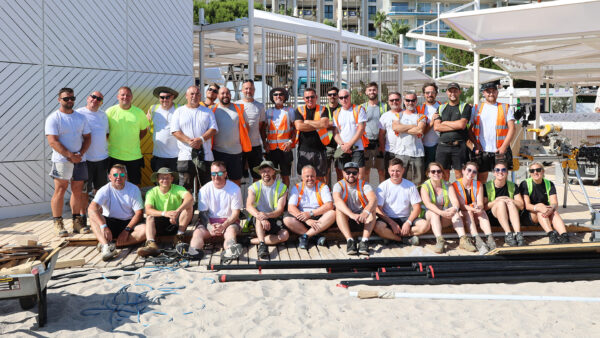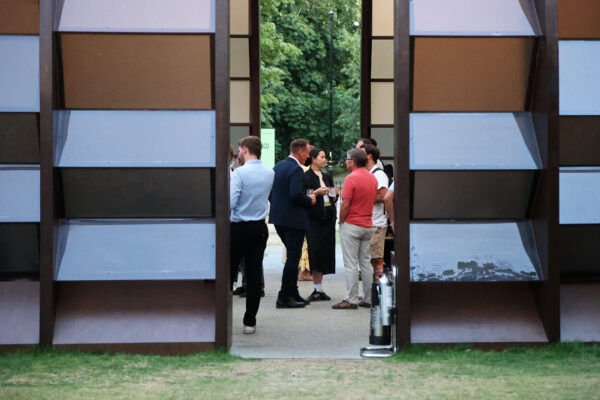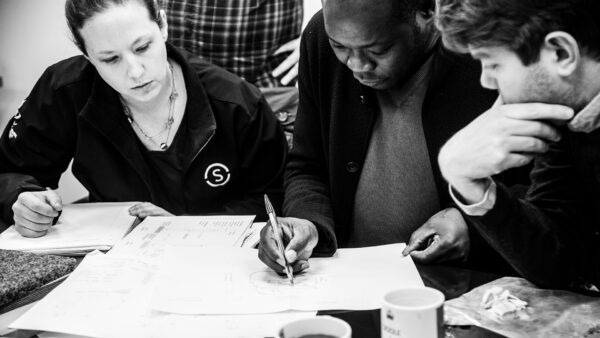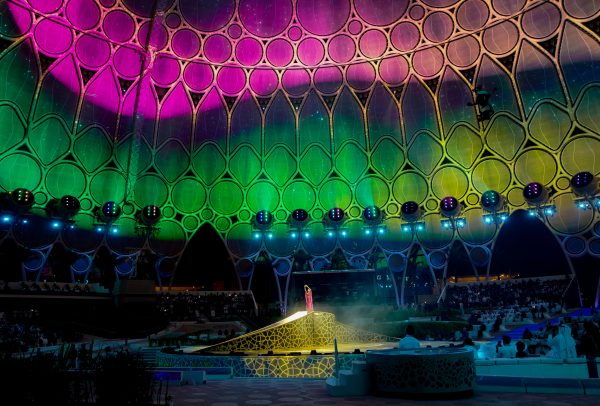
The Other Half of the Story: Why De-Rigging Matters as Much as Installation
Shrewd mountaineers recognise reaching the summit is only half of the journey. Getting down safely is just as important. And so it is in our industry. The ‘out’ matters as much as the ‘in’. Here’s why.
De-rig, afterlife and legacy are significant elements of the project process. Switching focus from build to breakdown can happen very quickly and if underestimated can create traps that are difficult to navigate. Starting a project with the end in mind can have a very positive impact on budgets, crew, the venue, materials, and the environmental footprint of projects at large.
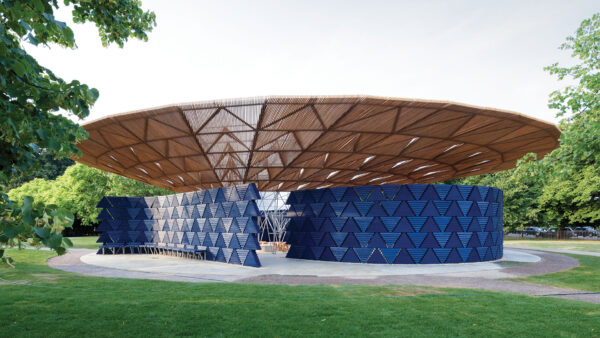
Where manufacturing and installation is a feat of coordination, engineering, and creativity, the de-rig is usually a fast rewind. Rarely is a de-rig afforded as much time as an install. Proceeding at speed, care is required to dismantle what was carefully put together, ensuring safety for crew and the public, while preserving as much material integrity as possible. Unlike installation, which is charged with energy and anticipation, de-rigging demands patience, methodical planning, and consideration of the fact that materials need to come apart in a way that supports future use. Mistakes here can undo months of design and preparation, rendering components unusable or creating unnecessary waste.
Beyond dismantling, there is also the responsibility to return the venue to its original condition. Temporary projects often occupy valuable or high-turnover spaces and attention shifts to “making good”: restoring the area in preparation for the next big thing. Sometimes this change can be measured in minutes, for example a stage for a headline act transforming into a Rugby World Cup match. Other times, as in the case of taking down a pavilion, where there are several weeks between commencing de-rig and handing back the site. Regardless of timeframe, this process requires foresight; from the moment a project is conceived, designers and producers must consider not only the build, but how the site will be returned. A successful project is one that leaves no trace.
Once dismantled, a project’s physical components begin their legacy journey. There are several possible pathways, each with their own operational, commercial, and environmental implications. Here we consider re-use, relocation and recycling.
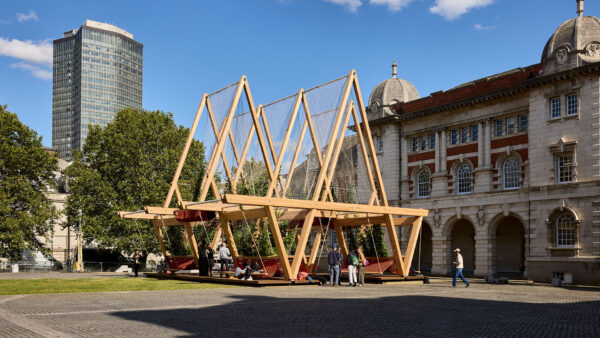
Sustainability now drives much of the thinking around temporary projects. Increasingly, clients aim not just for memorable moments but for a responsible legacy. Companies like Google have embraced the principle of re-use by storing and refreshing event sets year on year, reducing both cost and waste. This model highlights the potential of thoughtful planning: if structures are designed with de-rig, storage, and re-installation in mind from the outset, they can serve multiple lives, reducing the need for constant production of new materials.
And there are of course projects that utilise stock inventory and hire kit. From staging to our Qmotion automation control system, once a project is complete, the kit is returned to our warehouse where it is serviced in preparation for its next deployment.
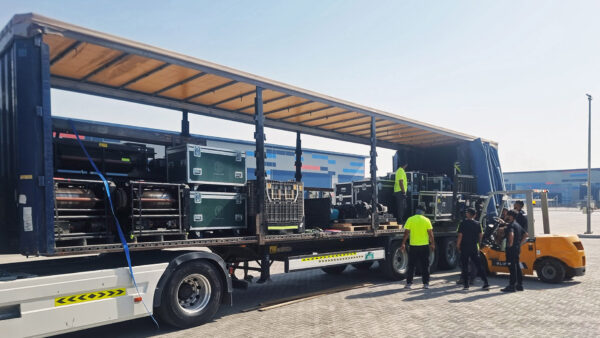
Some projects have a second life through relocation. The Serpentine Pavilions, for instance, are always designed with a second life in mind, finding homes in locations ranging from private collections to public realm venues. Similarly, installations from London Design Festival, such as Vert and Multiply, have been re-sited to extend their relevance and visibility. Relocation presents an inspiring opportunity for audiences to continue engaging with works beyond their initial launch.
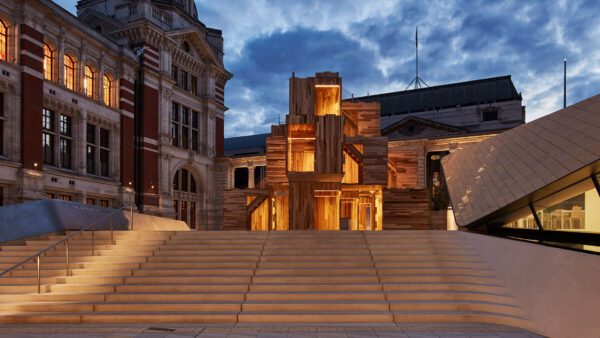
Inevitably, not all project components can be re-used. This sometimes occurs where materials were highly processed or have become degraded through use. In these contexts timber can be repurposed, metals reprocessed, and composites recycled. The emphasis is increasingly on maximizing recovery rather than accepting disposal as a default.
Conversations in our industry are no longer only about bold statements and fleeting experiences. Accountability of purpose and environmental responsibility are now rightly high on the agenda. It is likely that the de-rig will never be quite as challenging or exciting as install but the tide is turning. Increasingly, the de-rig is not just a coda but a crucial chapter of the story.
In many ways, the end of one project is the beginning of another and points to a growing commitment to creating not just impact, but a more sustainable industry for us all.
